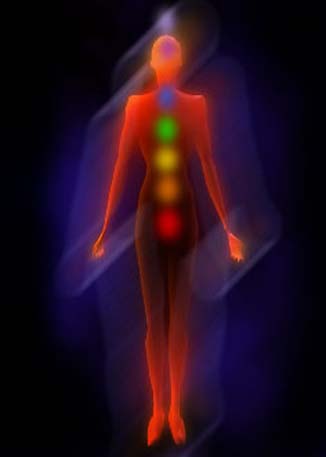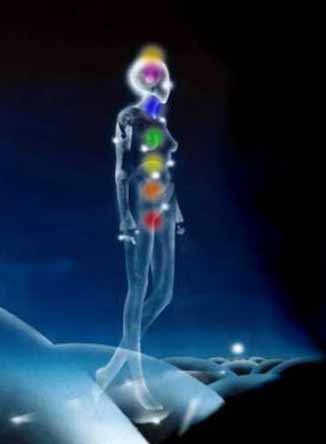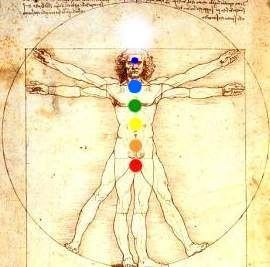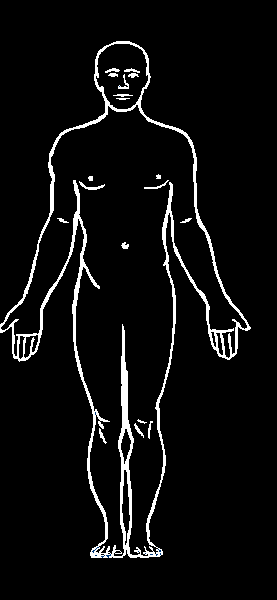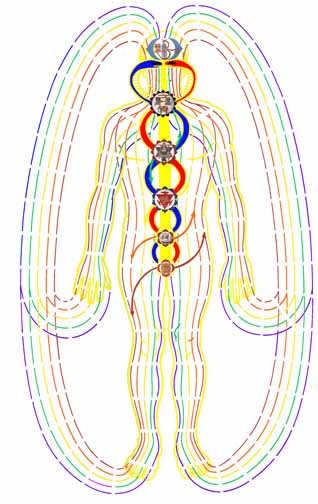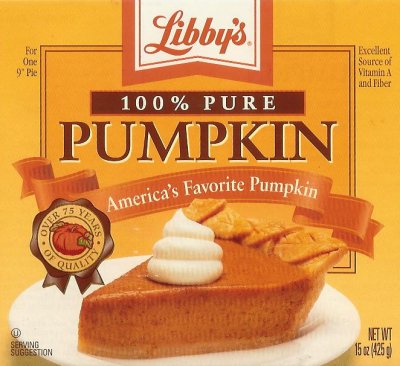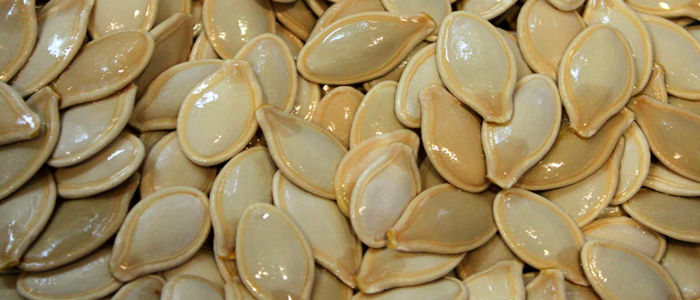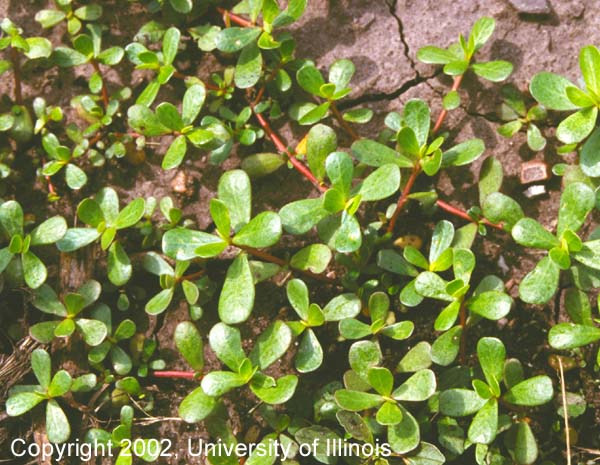Beets - Red, juicy, and irresistibly sweet, beets are reportedly among the 150 healthiest foods on Earth. The veggies used most commonly in borscht are incredibly rich in folate and betaine, which reduce your risk of developing heart disease by controlling the level of homocysteine in your blood. Beets also have high levels of iodine, bioflavonoids, and Vitamins B1, B2, and C. What's more, the compounds that give beets their characteristic crimson color, betacyanins, may have cancer-fighting properties.
While broths and grilled beets are simply delicious to some, the best way to eat beets is raw. Heating beets usually reduces the amount of antioxidants in them, which means canned beets (which are often heated during processing) are out of the picture, too. Instead, try using fresh beets in salads and other dishes that allow you to eat them raw.
Cabbage - Cabbage gets a bad rap, often used in describing awkward smells and ultimately losing out to lettuce as the preferred leafy ball of goodness in most American diets. It's a shame, though, since the vegetable is rich in sulforaphane, which enhances the production of certain enzymes that fight free radicals and help prevent cancer. In fact, research has found that sulforaphane is increases the levels of these enzymes more than all the other plant chemicals. It's a great diet food, too, since a cup of chopped cabbage contains a paltry 22 calories.
You can pretty much enjoy cabbage as you would lettuce. It makes for great Asian-style salads, and it makes for a great sandwich topping. If all else fails, you can use it for coleslaw, but that would put its low calorie count to waste.
Canned Pumpkin — You might usually see this brought out when mom's getting the Thanksgiving dinner ready, but you should ideally see it a lot more often. For one thing, it's great diet food — not only is it low in calories, but it's also really filling. Canned pumpkin will help you stay clean on the inside, too, thanks to its high fiber count. As if that wasn't enough, the orange marvel is rich in Vitamin A, which bolsters your immune system.
Pumpkin is tasty on its own, but it's heavenly when combined with spices like cinnamon or nutmeg. You can also blend it with a little sour cream for a delicious soup. If calories aren't a problem, then you can always go with the crowd-pleasing favorite, pumpkin pie.
Cinnamon - Speaking of cinnamon, did you know that this good old dessert spice can actually lower your blood sugar? Researchers have found that diabetes patients who consume at least a gram of cinnamon a day (on its own, not on buns or cakes) have their blood sugar levels drop by a significant amount. That's because the methylhydroxychalcone polymers found in the spice boost your body's ability to metabolize sugar. This also has the extremely beneficial effect of reducing the amount of LDL cholesterol and triglycerides in your system.
As long as it's in your spice rack, you can sprinkle cinnamon onto just about anything for and added kick. Some foods that go well with the spice are grilled lamb, coffee, oatmeal, and apples. Health food stores also often have powerful cinnamon extracts and oils you can use to get its nutritional benefits.
Dark Meat - Dark meat is usually passed over in favor of white meat, which has less fat. Those who prefer the thighs and drumsticks will be glad to know that dark meat only has20 calories per ounce more than white meat. In addition to that, only one-third of the fat in dark meat is saturated fat, 86% of which doesn't even have a significant effect on your cholesterol levels. Even better, that same percentage of saturated fat is composed of HDL cholesterol, the good kind that might actually lower your chances of developing heart disease.
 Dried Plums - Known popularly by their more common name, "prunes", these fruits are usually used in bathroom jokes more than in people's diets. What most people don't know is that dried plums are valued for more than just the amount of fiber they pack. The and neochlorogenic acids found in them fights off a free radical believe to be a major cause of cancer. They're also quite rich in Vitamin K, and low in saturated fat, sodium, and cholesterol.
Dried Plums - Known popularly by their more common name, "prunes", these fruits are usually used in bathroom jokes more than in people's diets. What most people don't know is that dried plums are valued for more than just the amount of fiber they pack. The and neochlorogenic acids found in them fights off a free radical believe to be a major cause of cancer. They're also quite rich in Vitamin K, and low in saturated fat, sodium, and cholesterol.The dried fruits make for good snacking on their own. If that makes you feel too old, though, you can always try combining them with roasted or grilled meat. They can be used in cakes, too.
Flaxseed -
What nutrients doesn't flaxseed have? Aside from most B vitamins, magnesium, and manganese, they're also rich in omega-3 fatty acids, which help fight against heart disease, diabetes, asthma, arthritis, and even cancer. They also contain lignans, which can help prevent breast cancer and type 2 diabetes as well. To top it all off, flaxseed is high in fiber.
The trick to getting all these benefits out of flaxseed is to grind it first. The nutrients just won't be absorbed into the body unless it's ground. After that, you can mix it in with your morning cereal for a really healthy breakfast.
Frozen Blueberries - Many people might be surprised to find frozen fruits in this list, since freezing has been known to reduce the amount of nutrients in fruits and vegetables. However, you can't beat the fact that frozen blueberries don't spoil and that they're available year-round. The tiny fruits are packed with antioxidants, manganese, Vitamin K, and fiber. They're also a good low-sodium, low-cholesterol, and low-saturated fat snack.
Before you break out the cheesecake, remember that blueberries are really tasty on their own to begin with. You can also mix them in with yogurt and cereal to add color and flavor.
Goji Berries - Goji berries have long been used as a medicinal food - for over 1,700 years, in fact. They have proportionally the highest antioxidant content of any fruit, bringing countless benefits to those who eat them. Interestingly enough, the sugars found in goji berries might even reduce the risk of developing diabetes.
Like most berries, goji berries are great on their own. Their sweet cherry-cranberry taste makes them a wonderful treat at any time. Fortify your breakfast by mixing them in with your cereal, oatmeal, or yogurt.
Guava - A lot of folks may not have heard of guavas, which are most commonly found in the tropics. The fruit contains an abundant amount of Vitamin C; the rind alone has more of the stuff than an entire orange. It's also got more than 63% potassium than the average banana, and a great big deal of fiber. You'll also find it a good source of folate, manganese, and Vitamin A.
The guava can be enjoyed in its entirety - everything from the rind to the seed can be eaten. The fruit has a slight tang to it, but it gets sweeter the closer you get to the center. The tricky part is finding one; you'll have a better chance picking up a few at Latin groceries or in high-end supermarkets.
Hemp Seeds - While they're usually connected with either new-age lifestyle enthusiasts and smokers of questionable substances, hemp seeds have a lot to offer the average person. For instance, they contain a high amount of omega-3 fatty acids, which pushes away the risk of heart disease. They also contain a lot of protein, in the form comparable to meat and eggs.
The seeds go great in oatmeal, or blended together with shakes for an added protein boost. They also add a great touch to stir-fries.
Pomegranate Juice - Pomegranate juice is very rich in Vitamins C and K, potassium, and folate. It's also been found to help lower the blood pressure of those who drank it regularly. While it's been very popular in the Middle East for years, the juice can now be found in groceries around the country. You can probably find a bottle in a nearby supermarket. Since the juice is packed with nutrients, a small glassful a day should be more than adequate.
Pumpkin Seeds - While the flesh of the pumpkin is very healthful on its own, the seeds are known to have the highest concentration of nutrients in the vegetable. The seeds contain oodles on magnesium, which is correlated with a reduced risk of early death.
The seeds are best eaten as a whole. An ounce of roasted pumpkin seeds contains roughly 150mg of magnesium, making it really easy to reach your RDA of 420mg.
Purslane - While it's considered an herb internationally, most Americans classify purslane as a weed. This is most likely the reason why many people don't even consider eating this highly-nutritious plant. Purslane contains the highest levels of omega-3 fatty acids among all fruits and vegetables. In addition to this, it has the largest amount of the antioxidant melatonin, an important antioxidant, of any edible plant.
Purslane can be eaten as a viable substitute for lettuce, and is recommended for use in the same way. Purslane salads are a favorite among the health-conscious.
Sardines - Sardines are more than just fish crammed into a can; they're a fantastic source of omega-3 fatty acids, calcium, iron, magnesium, potassium, and zinc, among others. They're also rich in protein, Vitamin D, and a wide range of Vitamin Bs.
While sardines are good straight out of the can, they can also make for pretty tasty ingredients in a wide variety of dishes. Pastas are a good way to start, before you start experimenting with sandwiches and salads.
Scallops - A lot of people might think that these juicy mollusks are high in cholesterol, but that's usually more an effect of the dishes they're in. In fact, they're very low in saturated fat. They've got an abundance of protein, selenium, and Vitamin B12, and contain a good amount of potassium and manganese.
There is a wide variety of dishes that contain scallops, so it's relatively easy to find the way you can best enjoy them. Pastas, soups, and seafood dishes are among the most popular ways of serving them.
Seaweed - Whatever variety of seaweed you enjoy, you can be sure they're packed with nutrients. Besides being low in cholesterol, they contain a high amount of Vitamin K, calcium, iron, magnesium, and riboflavin, among others. They're also rich in potassium, which can help normalize blood pressure.
The most well-known source of seaweed is in Japanese food, but there are other ways to grab a hold of the plant. Try looking for dried seaweed in your local supermarket to enjoy it and all its benefits at home.
Sweet Potatoes - This sweet, starchy crop is probably one of the healthiest vegetables you can eat. They've got a lot of carotenoids, potassium Vitamin C and fiber in them. They also contain good amounts of Vitamins A and B6, and manganese.
You can enjoy them as you do regular potatoes - baked, french fried, chipped, and roasted are good ways. The main difference is that their sweet flavor allows them to be served in desserts, such as in puddings or pastries.
Swiss Chard - This leafy green vegetable may be slightly bitter, but their health benefits make for some good eats. The carotenoids lutein and zeaxanthin in Swiss chard help protect your vision by preventing damage from aging. It's also an excellent source of Vitamins A, B6, C, E, and K. It's also rich in calcium, magnesium, potassium and zinc, among many other nutrients.
Swiss chard, being both salty and bitter, can be a little hard to use in cooking. However, they're actually pretty good when chopped and sauteed in olive oil. After this, they're a perfect complement to grilled meats and seared fish.
Bonus Food: Turmeric - This flavorful spice is rich in Vitamins B6 and C, magnesium, fiber, and potassium. In addition to this, it is believed that turmeric has anti-inflammatory properties, as well as cancer-fighting agents. The spice is an excellent addition to any vegetable dish, and to good old scrambled eggs as well.
referenced link..
